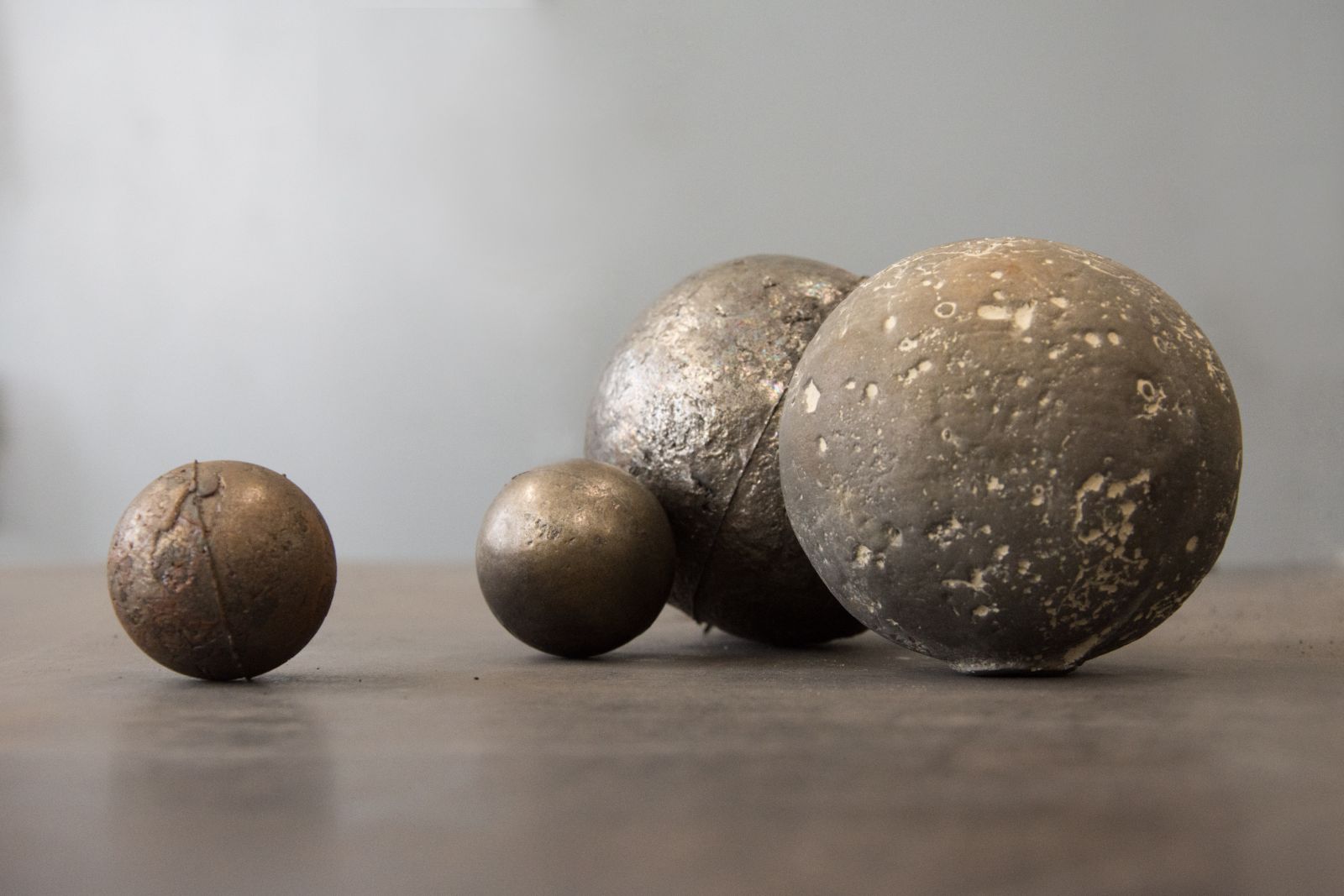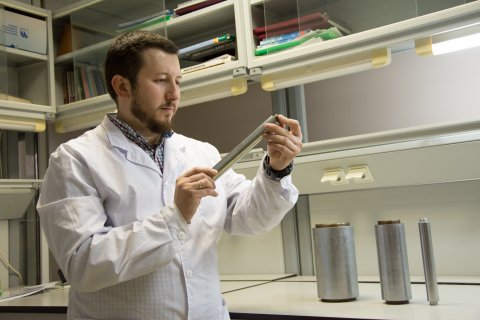Scientists of South Ural State University have created a technology of zero-waste production, which will allow to avoid the generation of technogenic waste in metallurgy. Metals will be reduced from alloys and recycled.
"Green" Technologies
Materials Science is one of the three priority fields of development of South Ural State University, along with Digital Industry and Ecology. In this context, the university is fulfilling projects on creation of unique materials and high-quality alloys and their application; improvement of production processes; and disposal of wastes from metallurgical manufacture, which are hazardous for the environment.
Zero-waste production and eco-efficient technologies, the implementation of which will ensure the environment protection, are the two crucial trends in modern metallurgy. Currently, scientists from all over the world are trying to optimize technological processes, create sorbing agents for water and soil treatment, and invent methods of production waste disposal. The project by the scientists from South Ural State University is also intended for this field. Already today, the team of researchers have developed a technology for processing of technogenic waste for its further recycling.

Photo: Grinding balls manufactured from components recovered from technogenic waste
"Our main field of activity is the recovery and processing of technogenic wastes from metallurgy production, which have accumulated all over the world over many years. We are developing the methods of recovering useful components from these wastes for further recycling. By reducing metals, we obtain products, which are used in metallurgy and oil-and-gas industry. Besides that, we process ores, from which it is impossible to extract components by traditional methods," shares the Head of the Department of Pyrometallurgical Processes of the SUSU Institute of Engineering and Technology, Candidate of Sciences (Engineering), Associate Professor Pavel Gamov.
From the reduced metals, propant agents are produced; it is a granular material used in oil-and-gas industry for improving the productive capacity of oil wells. Moreover, scientists use the reduced metals when manufacturing grinding balls for metallurgy and mining; these balls acting like a grinding mill, crush ore materials.
Among other projects being fulfilled by the university in this field is also the production of a sorbing agent from industrial waste. This agent's composition includes dicalcium silicate, which can absorb heavy metals from water and soil. Today, European industrial partners are interested in implementing it in production.
.jpg)

Photo: Chrome-plated parts; Sorbing agent
Another university project aims at creating a new eco- and energy-efficient technology of hard chrome plating. To produce long-length chrome-plated blank parts (1 to 6 metres), big baths are needed, filled with chromium electrolyte, which is hazardous for human health. The scientists are engineering three installations with small mobile baths, in which blank parts are processed slowly along their whole length. Such technology excludes the contact of chromium electrolyte with the surrounding environment. Moreover, it allows to produce parts of better quality, which will find their application in shipbuilding, mechanical engineering, oil-and-gas industry, and metallurgy.
Composites and Ferrites: Scientists Study Materials of a New Generation
It is important to note that projects on other priority Materials Science fields are being fulfilled at South Ural State University. Among those is working with composite materials, their application and processing. Thus, the scientists have engineered a new design of a pneumatic cylinder from ultra-strong and light materials of the new generation. The pneumatic cylinder body made of polymer composites (glass fibre, carbon fibre, and other materials) will weigh almost three times less that a similar in strength metallic one. Thanks to this fact, the design of the new pneumatic cylinder is promising not only for aircraft and rocket building, but also for above-water and underwater shipbuilding, where the minimal weight of constructions is crucial.

Photo: Head of the SUSU Department of Engineering Mechanics, Doctor of Sciences (Engineering), Professor Sergei Sapozhnikov
Among the most promising modern materials is also the graphite-reinforced plastic, which is produced from graphite and a polymer binder. The material's advantage is in its light weight (this material is 3 times lighter than titanium), high strength, thermostability and electrical conductivity. Today it is used in the military and civil aviation, and manufacture of contact stripes for electric transport. At present the scientists have created a model of the technological process, which allows to come up with the necessary parameters for the material treatment in order to produce ultra-strong tailor-made items from it.
What is more, the scientists have designed a fibreglass aerodynamic nose cone for electric train Lastochka being operated by the Russian Railways. The new construction of the driver's cabin weighs 70% less than a metallic one. Lighter weigh allows to ensure the energy efficiency of this means of transportation: the lesser the train's weight, the bigger the passenger flow.

Photo: Head of the SUSU Composite Materials Laboratory Aleksandr Kheruvimov
One should also mention the cross-disciplinary projects being fulfilled in the field of Materials Science. For instance, the SUSU scientists are studying the functional properties of strontium hexaferrite — a magnetic material, which can be used as functional element for mechanical engineering and instrumentation engineering. Monocrystals are of interest for industry by their capability to ensure high quality of the end product, and because they feature a wider range of application and minimal number of defects.
Moreover, the scientists are currently dealing with the digitalization of technological operations, and creation of mathematical models for equipment. Therefore, many of the projects are being fulfilled at the intersection of the university's priority fields and are being relevant to the demands of modern times.




